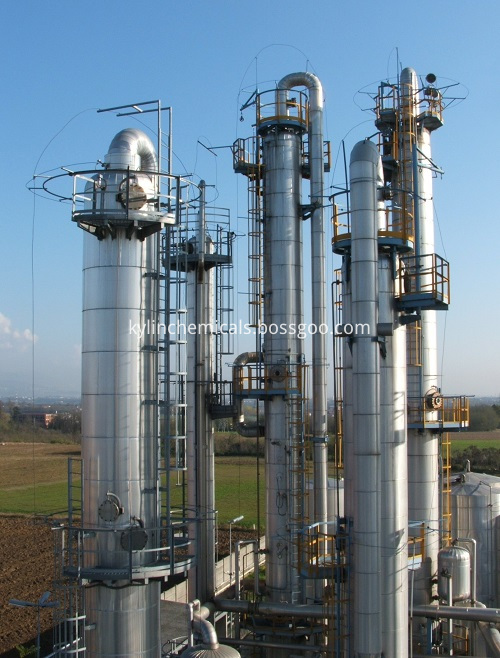Although the iPhone 6 released this time does not use the sapphire screen for various reasons, the domestic follow-up companies have already acted, and they have surpassed the trend of Apple. Recently, it has been reported that Xiaomi has contacted Korean sapphire screen producers to produce sapphire screens for a limited edition high-end smartphone, which is expected to be 50,000, but Xiaomi did not respond to this news. On August 25th, Huawei first launched the first sapphire screen version of the Huawei P7, becoming the first mobile phone equipped with a sapphire screen in China. It can be seen that all mobile phone manufacturers want to use the sapphire screen as a selling point for a new generation of mobile phones, lest they be one step behind.
Sapphire as a difference in processing between mobile phone screens and substrate sheets
There are also many speculations on the reasons why Apple does not use sapphire screens on the iPhone 6. As a provider of sapphire processing consumables, we want to analyze the difference between sapphire in mobile phone screen applications and substrate applications, and processing from the perspective of sapphire processing. Enterprises need aspects of technological breakthroughs. Our understanding is limited, I hope this article can play a role in inspiring the jade, we will discuss together.
First, let's compare the differences in sapphire size and performance for different applications.

Crystal growth process:
If used on a mobile phone screen, the sapphire size is basically around 5 inches, which will lead to a huge increase in demand for sapphire. From the current sapphire crystal growth and processing capacity, it is not enough to fully satisfy the application of the mobile phone screen. Therefore, in this respect, the release of the iPhone 6 to sapphire and the use of gorilla glass also have a certain reason.
In addition, due to the large size of the sapphire on the mobile phone screen, the size of the ingot is also increasing. Therefore, it is necessary for Changjing enterprises to continuously break through the development of larger ingots through technology research and development. In addition, the growth methods of A-direction and C-direction sapphire are also different. For Changjing enterprises, the main attack A direction, C direction or both, are the problems that Changjing enterprises should consider according to market and enterprise positioning.
Cutting and polishing process:
The size and shape of the sapphire material will change the stress of the sapphire crystal, resulting in higher processing requirements during the cutting and polishing process.
The principle of A-oriented sapphire crystals is the most dense surface of the crystal in accordance with the direction of crystal growth. The average quality of crystals grown in A direction is much higher than that of crystals grown in C direction, but it also brings a problem. A is more difficult to sapphire. Grinding and polishing. If the same polycrystalline diamond slurry used for C-to-sapphire grinding is used directly for A-direction crystal processing, the grinding rate (RR) will be reduced by about half. Therefore, the polishing liquid manufacturer needs to solve the problem of how to greatly increase the grinding fluid RR without increasing or slightly increasing the particle size of the diamond particles. Guoruisheng has developed a small increase in cost but can be applied to A. A new formulation of slurry that is ground to a sapphire wafer.
In addition, as far as we know, in order to pursue the slimness of the shape of the mobile phone, the mobile phone manufacturer also has certain requirements on the thickness of the sapphire screen and the processing quality of the edge. How to use existing conditions to process sapphire screens without increasing the cost is a new challenge for sapphire processing companies and consumable suppliers.
Kylin Chemicals have been engaged in the research & manufacturing a selected range of Chemical Intermediates & specialties for over one decades,such as hydroxylamine sulfate.
We have the expertise in manufacturing high quality Aromatic Hydrocarbons specialties, serving our customers worldwide in the field of pharmaceuticals, agrochemicals, organic synthesis and coatings, etc. Our main aromatic hydrocarbon product include 2,3-Dihydroindene, Decahydronathalene, Tetrahydronaphthalene, Carbazole, Acenaphthene and Phenanthrene,1 2 3 4-tetrahydronaphthalene, etc.

Our manufacturing base have the advanced DCS operated hydrogenation & rectification facilities, effective quality-control systems, and a very professional technical team, assuring the quality, stability and sustainability to meet/exceed our customers` needs.
Aromatic Hydrocarbons & Specialties
Aromatic Hydrocarbons, Intermediates & Specialties,Advanced Intermediates,Chemical Intermediates,Chemical Specialities
Kylin Chemicals Co., Ltd. , http://www.kylin-chemicals.com